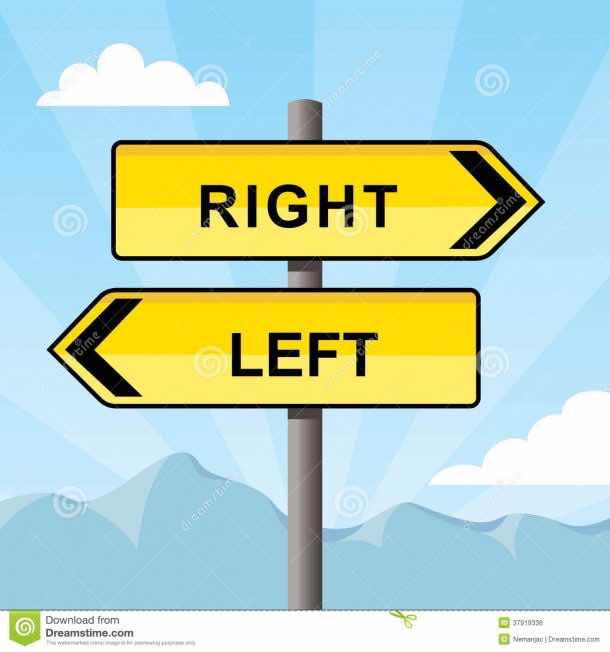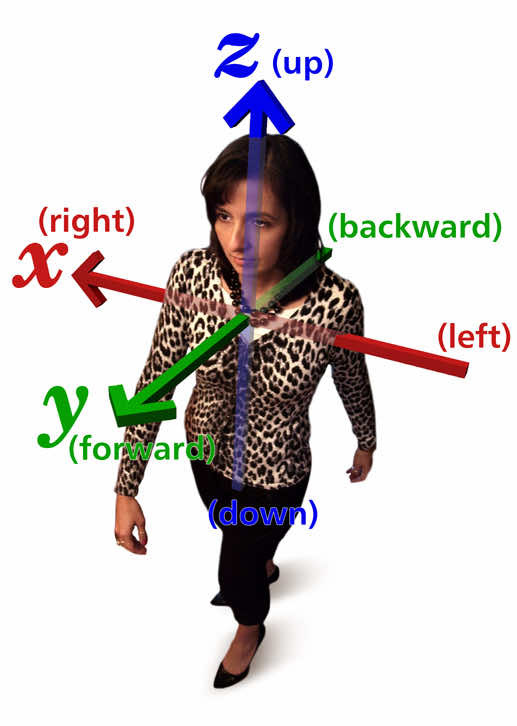Do you have trouble in distinguishing left from right? You are not the only one! Studies have ascertained that about one-fifth of the population faces difficulty in differentiating right direction from the left one; more women seem to face this directional dilemma than men.
Diane Peters from JSTOR sums up the entire situation. The kids have no idea about the left or right direction, while the adults have to face a fair share of difficulty to identify the correct orientation.

However, as you begin to advance in years, this directional skill diminishes. Diane presents some stats to back her claims:
“One study of 148 children, found only 70% of five-year-olds got seven questions regarding left and right on their own bodies correct. [Another research conducted in 1973 on a group of 382 women and 408 men concluded that] right-left confusion often occurs in adults, even of superior intellect, and is statistically commoner in women.”
Drug addicts and the people undergoing brain surgery can also lose the ability to distinguish right from left. Understandably, such people have a lot difficulty in following directions. However, the inability to tell left from the right can have more dire consequences than taking the wrong turn down the lane.

In extreme cases, a surgeon can operate on the wrong kidney, or amputate the wrong leg. The problem is so common that some hospitals have adopted the practice of marking the patient’s leg using a permanent marker while the patient is still conscious.
This all brings us to one major question: why can’t some people distinguish the left direction from the right one? Some cultures do not refer to the “egocentric” left or right side when giving out directions; they follow absolute, or geographic, directions like north and south.
A 1997 study revealed that the Guugu Yimithirr, from north Queensland, Australia does not use egocentric coordinates:
“Guugu Yimithirr is a language more or less completely absolute in spatial description.”
Levinson detailed that the culture thinks of the world comprising of four “edges,” or quadrants. Thus, simple directions are used to hint of the absolute destinations:
“‘I am going north’ may already be sufficient to unequivocally specify that I am going, for example, to the beach.”
The language has a lot of gestures that help to create a whole context thus, imparting a much more acute sense of north and south. Another peculiar aspect of Guugu Yimithirr is that the people don’t have a left or right hand. Instead, you can have an eastern hand, and when you turn way, it will become your western hand.

If you are still worried about your inability to tell left from right, take heart as you are in the company of the celebrated physicist Richard Feynman. Maria Popova wrote about Feynman’s failure to determine the left direction:
“In his entire life he could never quite teach himself to feel a difference between right and left, but his mother finally pointed out a mole on the back of his left hand, and even as an adult he checked the mole when he wanted to be sure.”
You can watch this video where Feynman uses absolute directions to clear up the confusion about how mirrors work:


